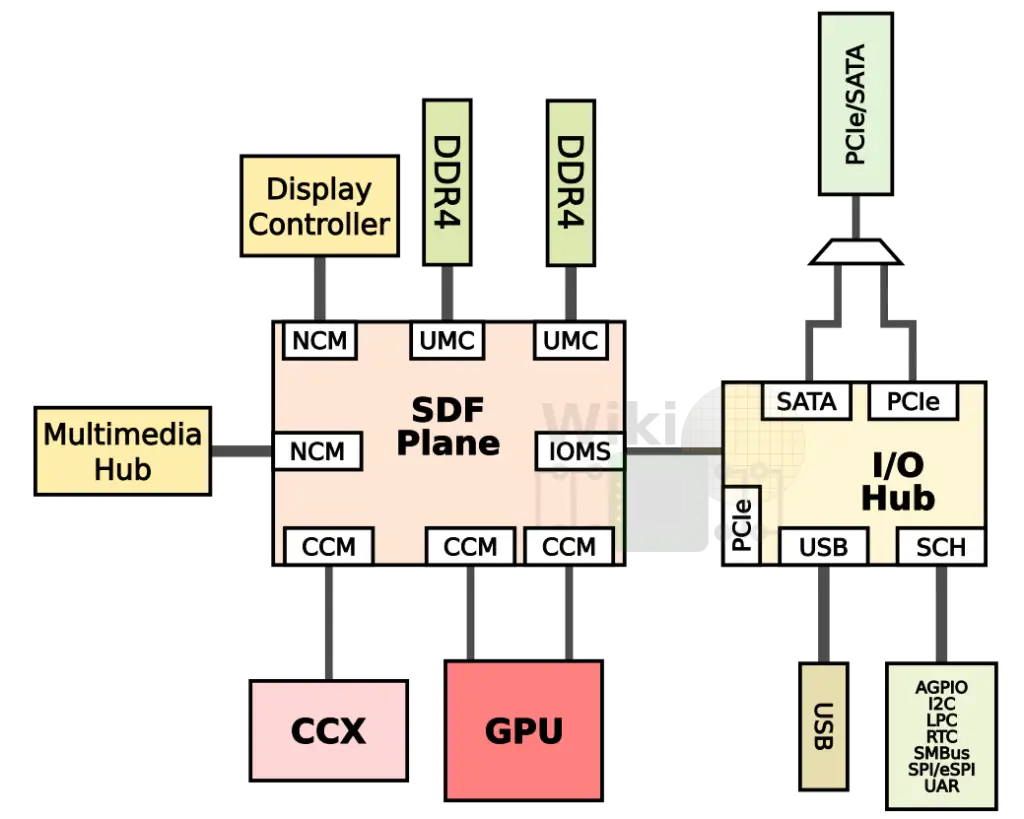Thanks for the estimation... 99% of my need for speed is to support a flight simulation habit (DCS, IL-2 BOS, XPlane 11, P3D). Unfortunately, most are not optimized for multi-core operation though that is (finally) beginning to change. Most simulators are also adopting Vulcan which according to my rudimentary knowledge is supposed to help simulators perform better on multi-core machines. If the 3000 series performs near or better than the 9900 for roughly the same price, it may be my next rig, and I'd just look at the multi-core advantages of the AMD architecture as a "bonus". My last AMD was an Athlon about 17 years ago and I loved it.
Is my basic understanding of Vulcan at all accurate - that Vulcan is designed to optimize capability of multi-core CPUs?
Is my basic understanding of Vulcan at all accurate - that Vulcan is designed to optimize capability of multi-core CPUs?



